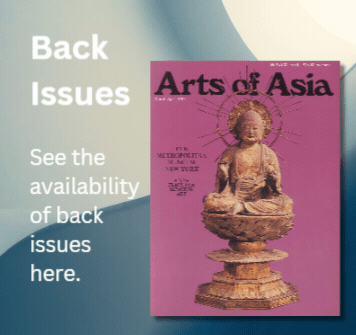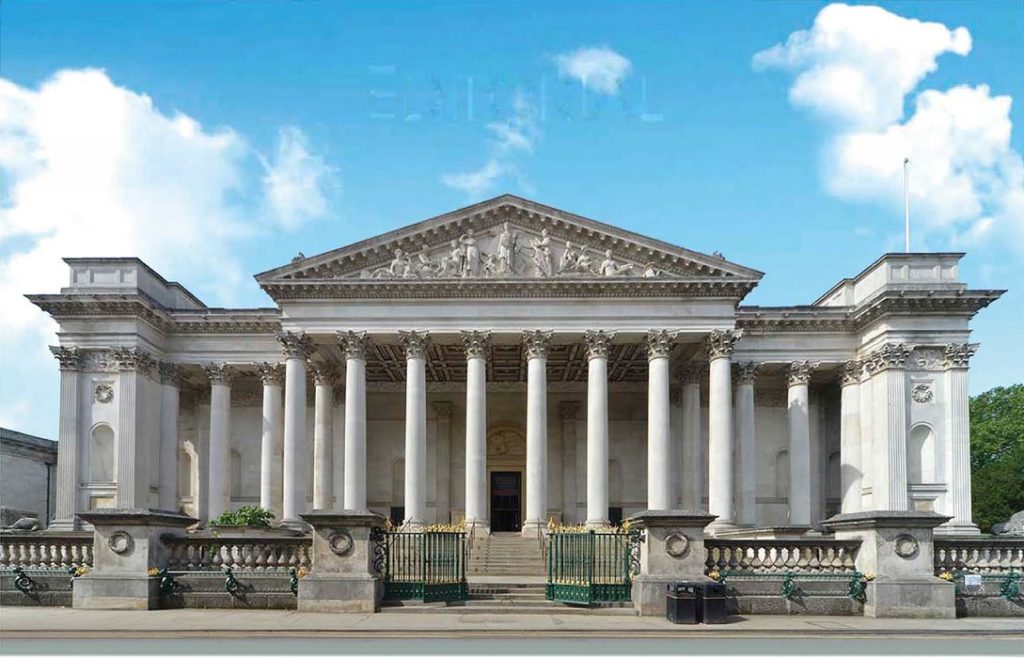
ALTHOUGH NOT pre-planned, this July–August edition of Arts of Asia has turned out to be a celebration of several anniversaries: the 200th anniversary of the Fitzwilliam Museum in Cambridge; the 50th anniversary of the Asian Art Museum in San Francisco; the 150th anniversary of the birth of Ringling Museum founder, John Ringling; the 250th anniversary of Christie’s first auctions in the “Great Rooms” in London and the 30th anniversary of its presence in Hong Kong. I would like to take this opportunity to wish all of these esteemed institutions many congratulations on reaching such impressive milestones.
I am commencing my Editorial with photographs of the imposing façade and main entrance of the Fitzwilliam. Housing more than half a million objects from all over the world, it is widely regarded as one of the finest museums in Europe and attracts close to half a million visitors annually. Admission is free. I would sincerely like to thank Tim Knox, Director and Marlay Curator of the Fitzwilliam Museum, Dr James C.S. Lin, Senior Assistant Keeper of Applied Arts and Curator of Asian Arts, and the entire curatorial team for their wonderful contributions to this issue.
Dr James C.S. Lin has written: “The Asian art collection might not be as large as some national museums in this country, but its quality is spectacular.” In November, Dr Lin will receive several groups from China, and he will also be delighted to show Arts of Asia readers the collection and museum. Visitors will not only be able to discover the Fitzwilliam Museum’s Asian art holdings, but also its superb European, Egyptian, Greek and Roman collections. There is no better time to visit the Fitzwilliam than during its bicentenary celebrations.
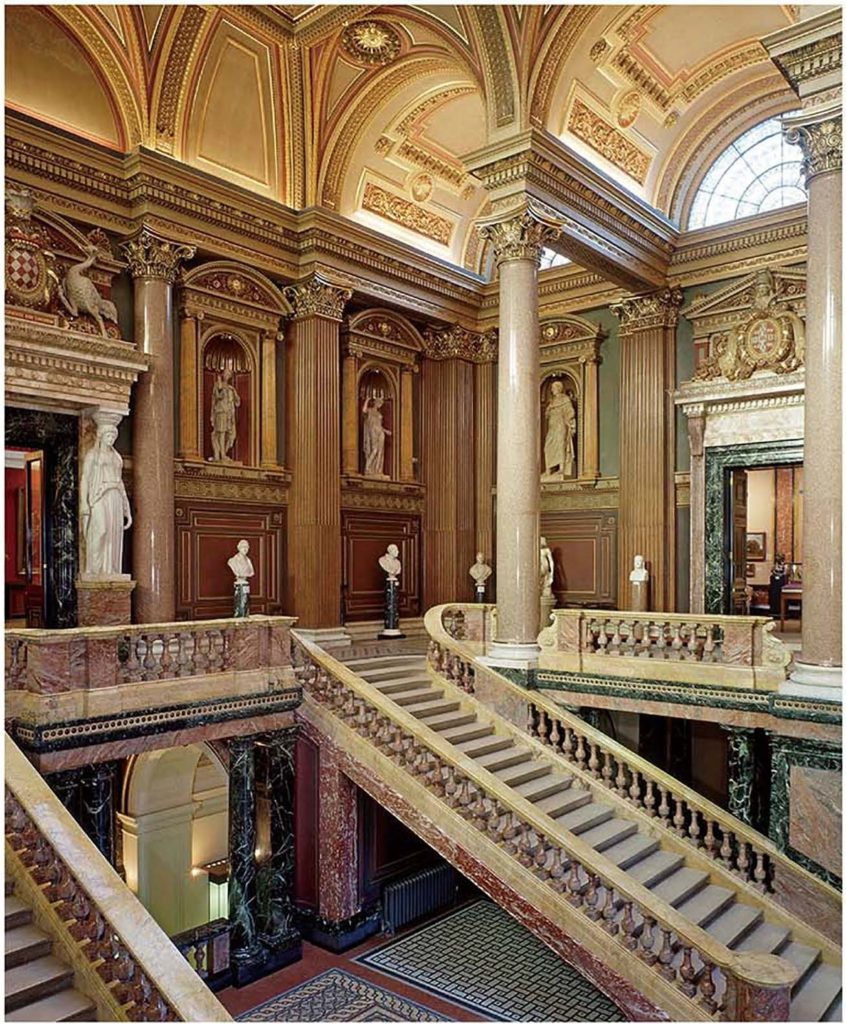
I am also delighted to present the 16-page article by Asian Art Museum curator He Li about the “Emperors’ Treasures” exhibition, which features nearly 150 artworks from the renowned National Palace Museum, Taipei. The show encompasses paintings, calligraphy, bronze vessels, ceramics, lacquerwares, jades, textiles and historical documents. This exceptional exhibition runs from June 17th to September 18th, 2016 at the Asian Art Museum of San Francisco, and many leading curators and collectors will attend the opening. It is the flagship exhibition of the museum’s 50th anniversary year, which launches with a robust series of exhibitions and programmes that will advance the museum’s mission of cross-cultural education and exchange. If readers are unable to view the exhibition in San Francisco, it will also be showing at The Museum of Fine Arts, Houston from October 23rd, 2016 to January 22nd, 2017.

Reign of Emperor Yongle ( 1403–1424) Porcelain with underglaze cobalt decoration Guci 012549 Que-441, Photo by National Palace Museum, Taipei
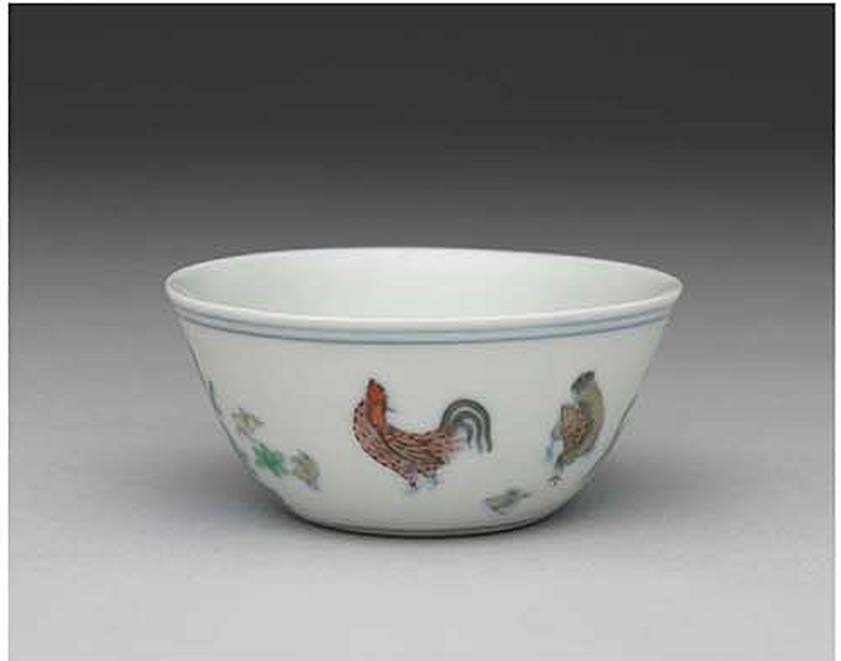
Reign of Emperor Chenghua (1465–1487) Porcelain with multicolour decoration Guci 005189 Cang-164-19-1
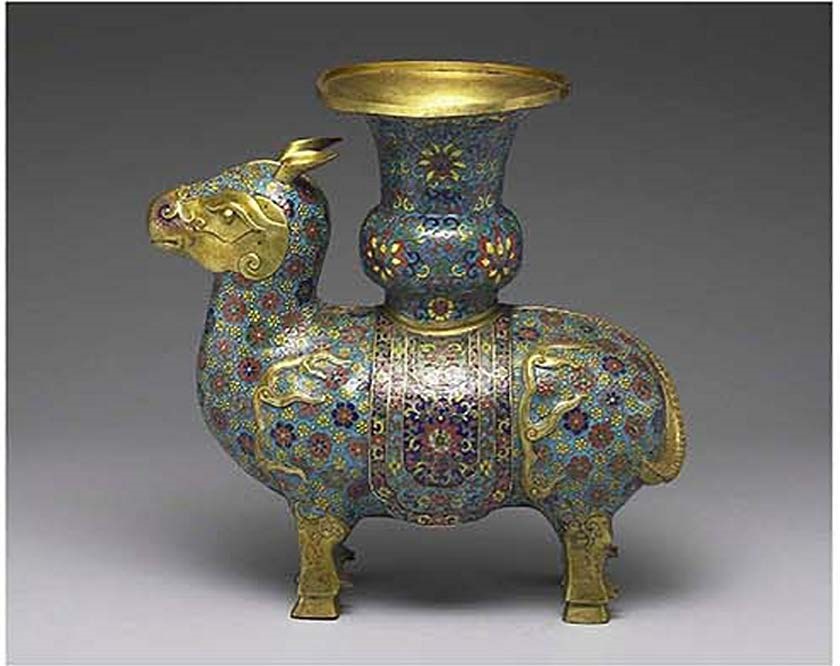
Dr Jay Xu, Director of the Asian Art Museum, describes the show as “the absolute best of the best of Chinese imperial art”. To whet your appetite, illustrated above are three masterpieces from the National Palace Museum making their debut in the United States.
Navina Najat Haidar, Curator in the Department of Islamic Art at The Metropolitan Museum of Art, has written a fascinating article on the Kronos collection of Indian painting that will be exhibited at the Met from June 13th to September 12th, 2016. This important collection embodies a finely distilled selection of nearly 100 works from the royal courts of northern India, forming a major promised gift by collector Steven M. Kossak to the Met. These vivid and inspired images—dating from the 16th to the early 19th century and representing almost all major artistic centres of Rajasthan and the Punjab Hills—reflect the meeting of artistic talent, spiritual devotion and royal taste.
To celebrate Christie’s 30th anniversary in Asia and the 250th anniversary of James Christie’s first auction in his “Great Rooms” in London, we are delighted to publish Rosemary Scott’s article charting the evolution of this renowned auction house. I hope our readers will especially enjoy learning about the high prices achieved by Chinese ceramics even some two centuries ago. To paraphrase the French saying, the more things change, the more they stay the same!

Finally, I am happy to announce that with the generous sponsorship of the K.H. Koo Charitable Foundation, The Tung Foundation and the Hong Kong Maritime Museum Endowment Trust, Hong Kong Maritime Museum (HKMM) acquired an unusually large scroll—The Alexander Hume Painting (13 Hongs Foreign Factories). This panoramic scene was probably created in a Canton studio. Made for the European market, it shows a Western naturalistic landscape style mounted in the traditional Chinese handscroll format. This classical piece of Sino-Western fusion illustrates the starting point of the Canton trade system 250 years ago. It is quite a coup for the HKMM to be able to add to its collection this most significant work, which tourists and residents of Hong Kong can now also appreciate.

Please click here to view the contents of this issue.

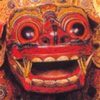 Subscribe
Subscribe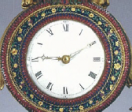 Calendar
Calendar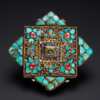 Links
Links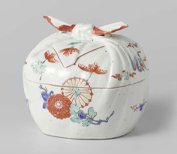 Gift
Gift

